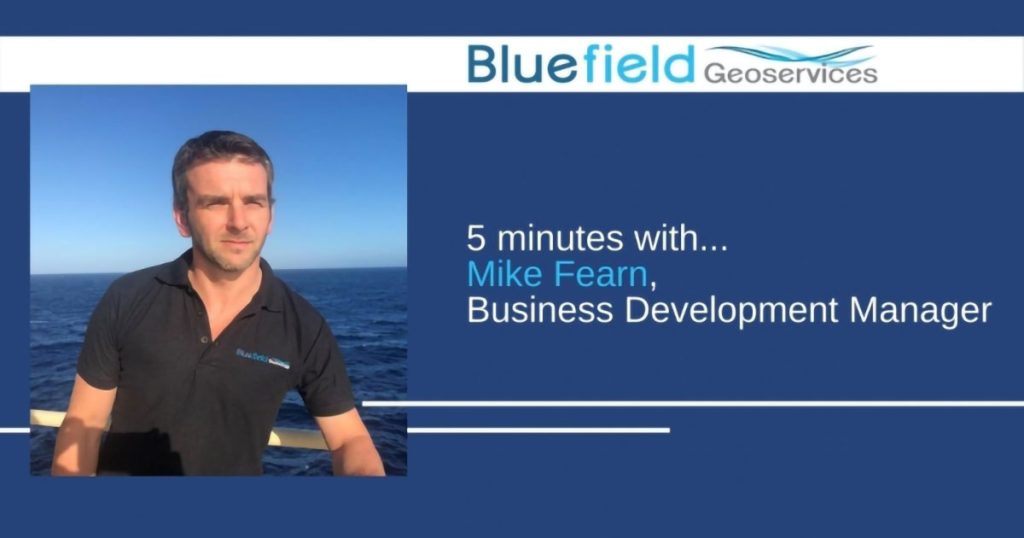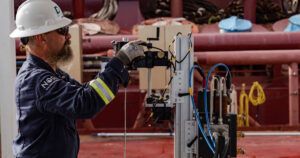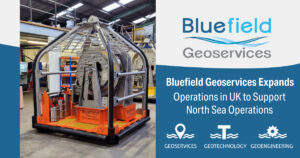Besides Bluefield Geoservices’ custom geotechnologies and geoengineering solutions, the team’s differential is the breadth and calibre of professional experience. In this next installment of our series of short Q&As, we shine a spotlight on the experts Redefining Geoscientific Frontiers.
How did you get started in the subsea industry?
Hailing from Aberdeen, it seemed somewhat natural to fall into the subsea industry. I had a few different jobs prior to working with geotechnical services—from warehouse logistics to corporate sales—but interest was piqued whilst I was working as a Key Account Manager for a mooring company; one day I found myself chatting with one of the engineers about all the different anchor set ups and specifically how the seafloor conditions reacted to them. I was fascinated and, from that point on, hooked on the idea of developing a career in the geosciences. I have been fortunate to work with some very supportive management teams over the years, including the Bluefield Geoservices crew. There’s something infectious about the comradery of our industry and this tends to produce professionals that look out for each other and really prioritize teamwork. It is extremely motivating.
What projects and technologies have had the greatest impact on you over the years?
Over the years, I have seen a number of significant advancements in subsea technology, from AUVs to subsea seabed drills. These breakthroughs, in general, share the same objectives: to remove personnel from risk, while rendering ever more valuable data quality. One such technology is Bluefield’s ROVcone, which allows operators to perform geotechnical investigations in areas that are generally hard to reach using conventional methods, such as drill cutting mounds, existing subsea structures etc. One of the unifying traits among Bluefield is the unyielding urge to problem solve and identify how innovation can enhance our work offshore.
What, in your opinion, does the future hold for offshore development?
This is a great question. It’s no longer a question of Oil & Gas versus Offshore Renewables. Today, many operators are announcing ambitious targets to reduce their carbon emissions, while maintaining high quality data and limiting acquisition costs. Technology, as well as an increasingly talented supply of offshore professionals, will be key to this transition. It is truly inspiring to see some of the innovations being brought to the market, such as new foundation designs like subsea micropiles for floating offshore wind, ASVs for seabed, and subsea drills capable of working in shallow waters. The rate of technological advance can, of course, be scary. My father worked in the industry back in the 1970s and as much as I love hearing the “back in my day” stories, it is clear that our ability to work safely and effectively offshore has been transformed in recent years. This rate of transition means that you can never be complacent. We, as an industry, have become accustomed to adapting to new challenges and opportunities.


